What Are The 7 Phases of DevOps?
4.9 out of 5 based on 10295 votesLast updated on 14th May 2025 19.3K Views
- Bookmark

Enrolling in a DevOps course program guarantees top-notch skill development and opens up valuable opportunities for aspiring professionals.

Introduction
DevOps is a modern software development approach that blends development (Dev) and operations (Ops) to improve how applications are built, tested, and delivered. It encourages collaboration, automation, and continuous improvement, helping teams release software faster and with fewer errors. In 2025, DevOps has become even more important with the rise of cloud computing, AI, and remote work environments. Companies are increasingly switching to DevOps, thereby, generating huge demand for skilled DevOps professionals. Therefore, investing in DevOps Course in Noida ensures the best skill development and opportunities for aspiring professionals. From planning to monitoring, DevOps covers the entire software lifecycle. It helps businesses stay competitive by ensuring their applications are reliable, secure, and always up to date, making it a vital strategy in today’s fast-paced digital world.
The 7 Phases of DevOps
DevOps is a way of working that brings together development (Dev) and operations (Ops) teams to make software faster, better, and more reliable. It focuses on automation, collaboration, and continuous improvement.
To understand how DevOps works, let’s break it down into 7 key phases:
1. Plan
In the planning phase, the team decides what needs to be built. This includes understanding customer needs, discussing new features, bug fixes, and improvements. Teams use tools like JIRA, Trello, or Azure Boards to create tasks and set deadlines.
Key activities:
- Collect requirements
- Create a roadmap
- Assign tasks
- Set goals and timelines
This step sets the direction for the whole development process.
2. Develop
The development phase is where coding happens. Developers write the actual code for the application. Check the DevOps Online Course to learn about various phases of DevOps. Instead of writing big chunks of code all at once, they break it into small parts and commit changes often using version control systems like Git.
Key activities:
- Write clean and efficient code
- Use Git for version control (e.g., GitHub, GitLab, Bitbucket)
- Perform peer code reviews
- Use branches to manage features and fixes
This phase is all about writing and improving the application.
3. Build
In the build phase, the code from different developers is combined and compiled into a working version of the application. This step is often automated using CI/CD tools like Jenkins, Travis CI, or CircleCI. DevOps professionals can refer to the DevOps Certification Course for the best guidance on various DevOps phases.
Key activities:
- Compile code
- Run build scripts
- Detect integration issues
- Create deployable artifacts (like .jar, .exe, or containers)
Automated build tools help catch errors early and save time.
4. Test
After the application is built, it goes through testing. This ensures the code works properly and doesn’t have bugs. DevOps teams use automated testing tools like Selenium, JUnit, or TestNG to check the application quickly.
Key activities:
- Unit testing (test small parts of the code)
- Integration testing (test how parts work together)
- Performance and security testing
- Automated and manual testing
This phase makes sure the software is stable and ready to go live.
5. Release
Once testing is successful, it’s time to release the application. This phase involves moving the application to a staging or production environment, where real users can access it. Consider checking the AWS DevOps Certification courses for the best guidance. DevOps practices make releases automated and frequent, so teams can release new features more often.
Key activities:
- Package the final version
- Deploy to staging/production
- Schedule and manage releases
- Use tools like Docker, Kubernetes, or Ansible
Frequent, smaller releases reduce the risk of big failures.
6. Deploy
Deployment is the actual launch of the application. In DevOps, deployments are often automated, meaning the software is pushed to users without manual work. Techniques like blue-green deployment or canary release are used to reduce downtime and risk.
Key activities:
- Automate deployments
- Use cloud services (like AWS, Azure)
- Monitor for any deployment issues
- Rollback if something goes wrong
The goal is to make deployments quick, smooth, and safe.
7. Operate & Monitor
After deployment, the software is live. The operations team now monitors the app’s performance and ensures it runs smoothly. They track things like uptime, errors, and user behaviour using tools like Prometheus, Nagios, Splunk, or Datadog. The DevOps with AWS Course offers complete guidance in these aspects.
Key activities:
- Monitor application health and performance
- Log errors and fix issues
- Scale resources if needed
- Collect user feedback
This phase helps in identifying and solving problems before users are affected.
The 7 phases of DevOps—Plan, Develop, Build, Test, Release, Deploy, and Operate—form a continuous cycle that makes software development faster, smoother, and more efficient. Each phase is essential and contributes to delivering high-quality applications. DevOps encourages teamwork, automation, and continuous feedback, which helps organizations release better software more frequently. By following these DevOps phases, teams can avoid major bugs, reduce downtime, and ensure that customers are happy with the final product. DevOps isn't just a set of tools—it's a culture of improvement and collaboration across the entire software development lifecycle.
Other Related Courses:
How Does DevOps Function?
DevOps functions by combining development and operations teams to work together throughout the software development lifecycle. It focuses on automation, continuous delivery, and collaboration. Refer to the DevOps lifecycle to learn more about how DevOps functions.
1. Collaboration and Communication
- DevOps removes the gap between developers and IT operations.
- Both teams work closely from the start, share feedback, and solve problems together.
- This helps speed up development and reduce misunderstandings.
2. Automation of Processes
- Tasks like code building, testing, and deployment are automated using tools like Jenkins, Git, Docker, and Kubernetes.
- Automation reduces manual errors and speeds up delivery.
3. Continuous Integration and Continuous Delivery (CI/CD)
- Developers regularly merge their code into a shared repository (CI).
- The application is automatically built, tested, and deployed (CD).
- This allows teams to deliver updates faster and more frequently.
4. Monitoring and Feedback
- DevOps teams monitor the application’s performance after it goes live using tools like Prometheus or Datadog.
- Real-time feedback helps quickly identify issues and improve future updates.
5. Scalability and Flexibility
- DevOps uses cloud platforms like AWS, Azure, or Google Cloud, which allow applications to grow as user demand increases.
- Resources can be scaled up or down easily.
In short, DevOps functions as a continuous loop of planning, coding, building, testing, releasing, deploying, operating, and monitoring—ensuring faster delivery, better quality, and customer satisfaction. The lifecycle of DevOps involves the above mentioned seven integral steps for effective functioning.
Also Read These Posts:
How Do AWS And DevOps Work Together?
AWS (Amazon Web Services) and DevOps work hand-in-hand to help companies build and manage applications more easily and efficiently. AWS provides a wide range of cloud services like storage, servers, databases, and networking. DevOps, on the other hand, focuses on automating and improving the software development process.
Using AWS, DevOps teams can automate tasks such as code deployment, testing, and server setup. AWS offers tools like:
- AWS CodePipeline – automates the software release process
- AWS CodeBuild – builds and tests code automatically
- AWS CodeDeploy – helps deploy code to servers safely
- Amazon EC2 and Lambda – run applications in the cloud
DevOps teams use these tools to apply Continuous Integration (CI) and Continuous Delivery (CD), which means new features and fixes reach users faster and more reliably.
AWS also offers monitoring and logging tools like CloudWatch and CloudTrail, which help teams keep an eye on performance and fix issues quickly.
In simple terms, AWS gives DevOps teams the platform and tools they need to develop, deploy, and scale applications quickly, making software delivery faster, safer, and more efficient.
DevOps Use Cases In 2025
DevOps continues to grow in 2025, helping companies deliver software faster, safer, and more efficiently.
Here are some of the top use cases this year:
1. Cloud-Native Applications
- In 2025, most companies build apps for the cloud.
- DevOps helps automate the development, deployment, and scaling of these apps using tools like Kubernetes and Docker.
2. AI and Machine Learning Projects
- DevOps practices, also called MLOps in this area, are used to manage AI models.
- Teams automate model training, testing, and deployment—speeding up innovation in AI.
3. Faster Software Updates
- DevOps enables companies like banks, e-commerce sites, and healthcare apps to release updates daily or even hourly.
- This keeps services up-to-date and secure.
4. Infrastructure as Code (IaC)
- In 2025, companies use code to manage servers and cloud setups.
- DevOps tools like Terraform and Ansible make infrastructure easy to configure and replicate.
5. Cybersecurity Integration (DevSecOps)
- Security is built into every phase of development.
- DevOps tools scan for vulnerabilities automatically, reducing risks.
6. Remote and Global Teams
- DevOps supports collaboration across locations using cloud platforms and shared tools.
- It ensures everyone stays on the same page, even in different time zones.
In 2025, DevOps is essential for building smart, secure, and scalable apps—making it a must-have practice in modern tech companies. The DevOps stages ensure efficient functioning to offer the best outcome for companies.
Conclusion
DevOps in 2025 is a powerful approach that streamlines software development by combining collaboration, automation, and continuous delivery. It speeds up updates, improves quality, and supports advanced technologies like AI and cloud-native apps. By following the 7 DevOps phases and using DevOps tools, companies can build reliable, secure, and scalable applications efficiently. Whether it’s improving teamwork or automating tasks, DevOps continues to be a key part of modern software success across industries.
Subscribe For Free Demo
Free Demo for Corporate & Online Trainings.
.webp)


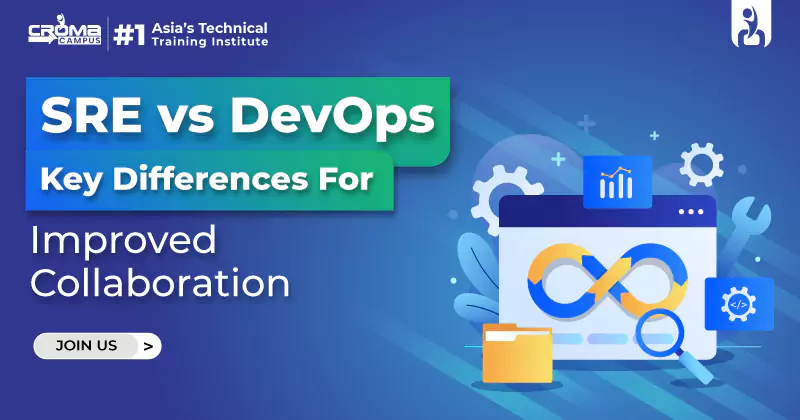

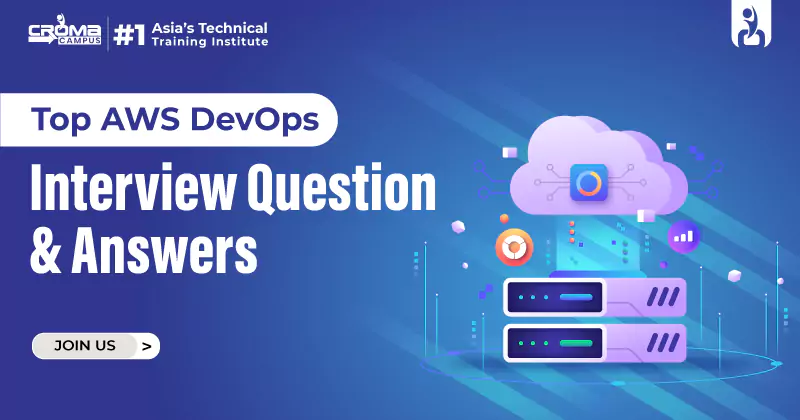
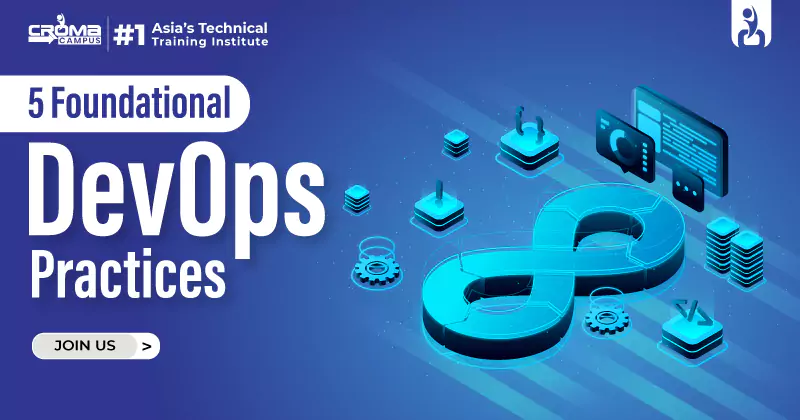
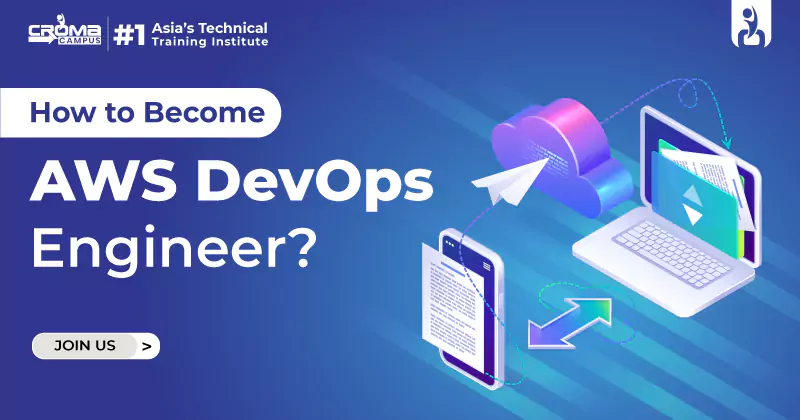

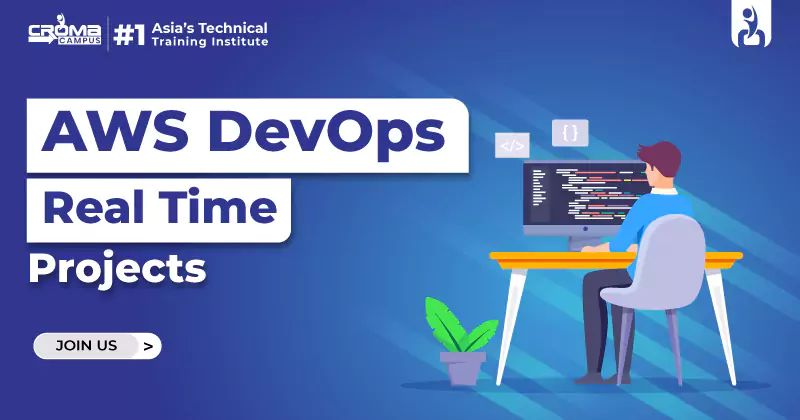

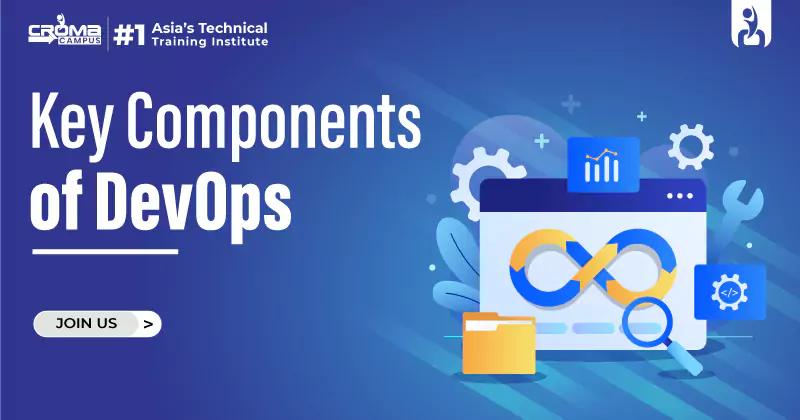













.webp)

.png)















